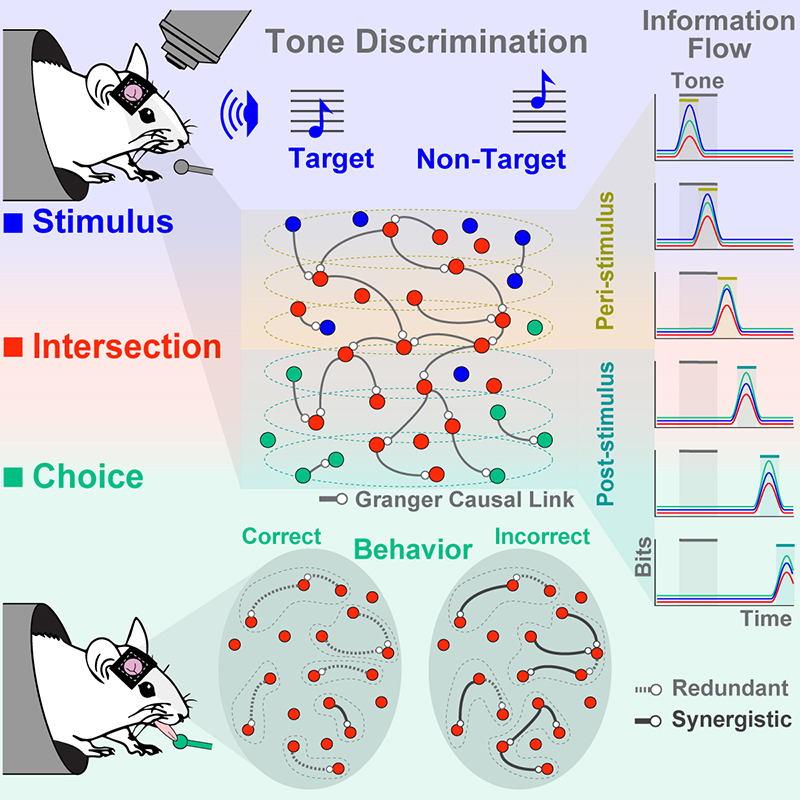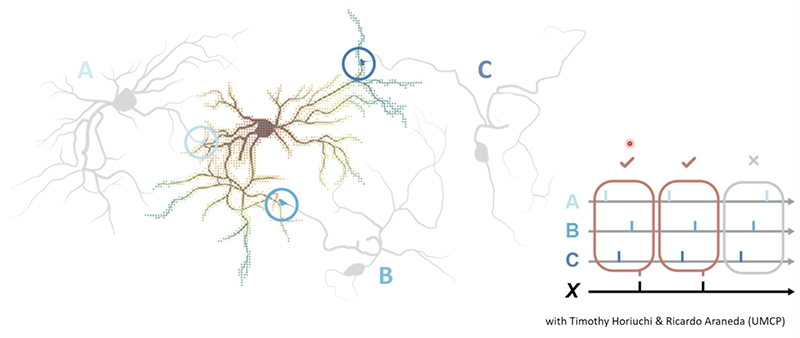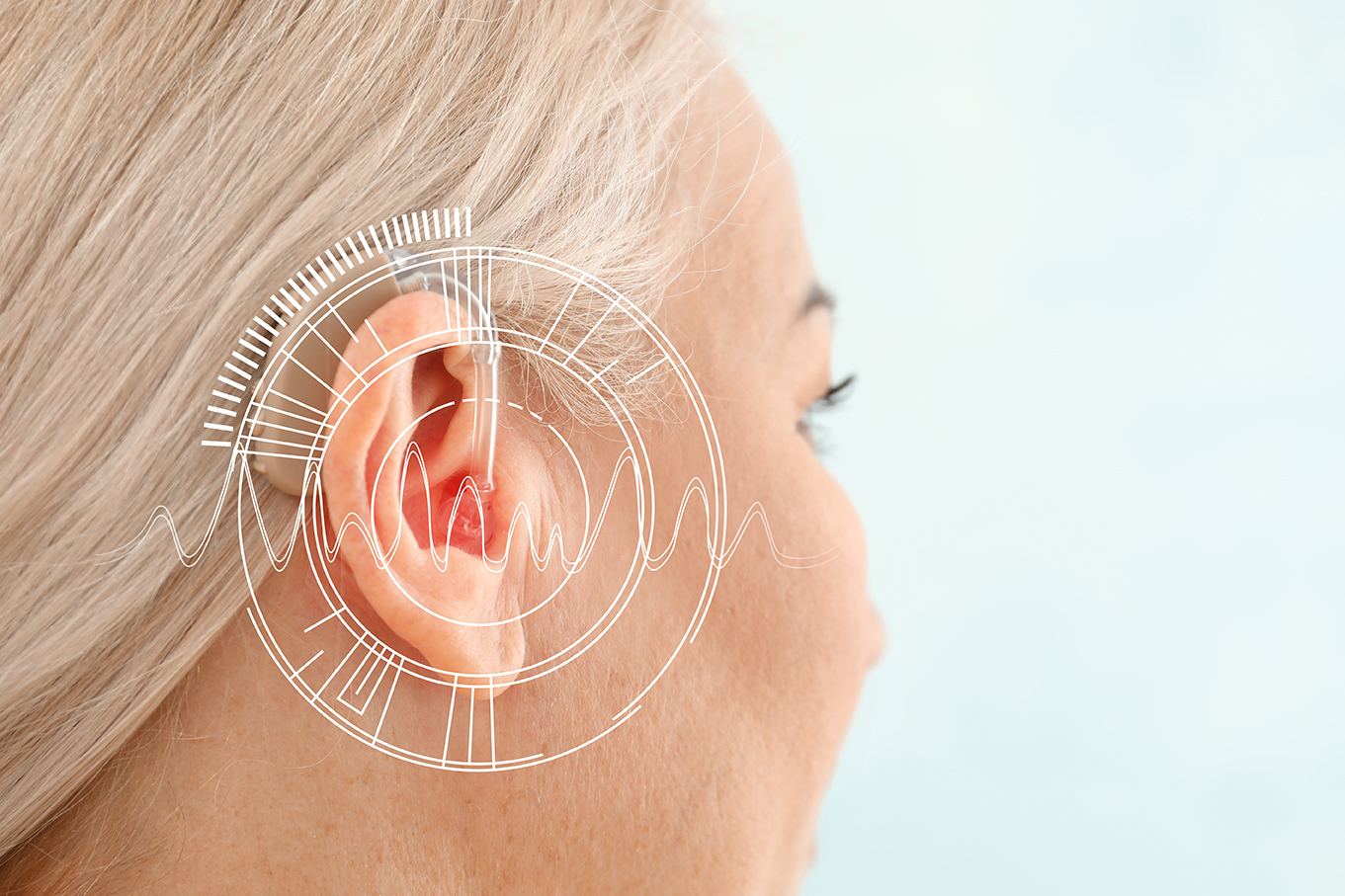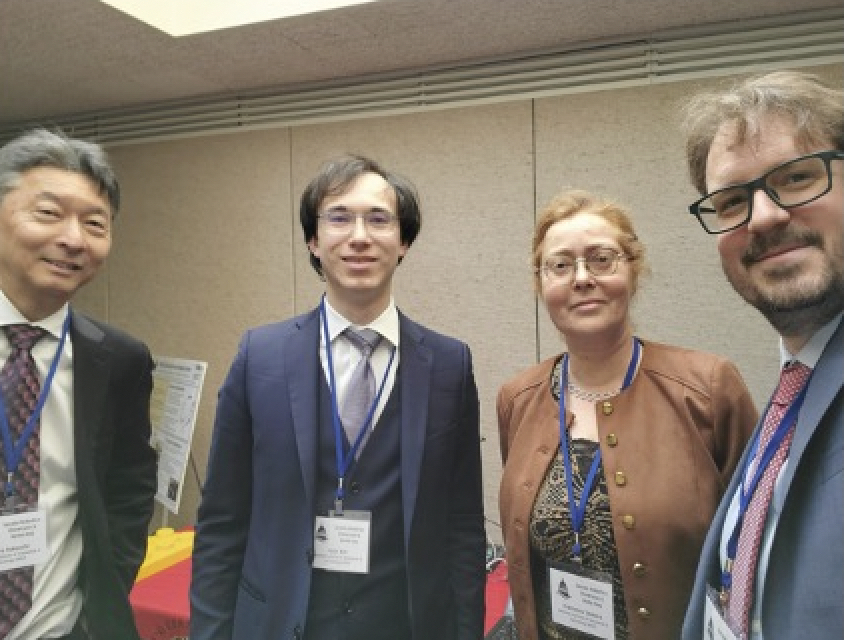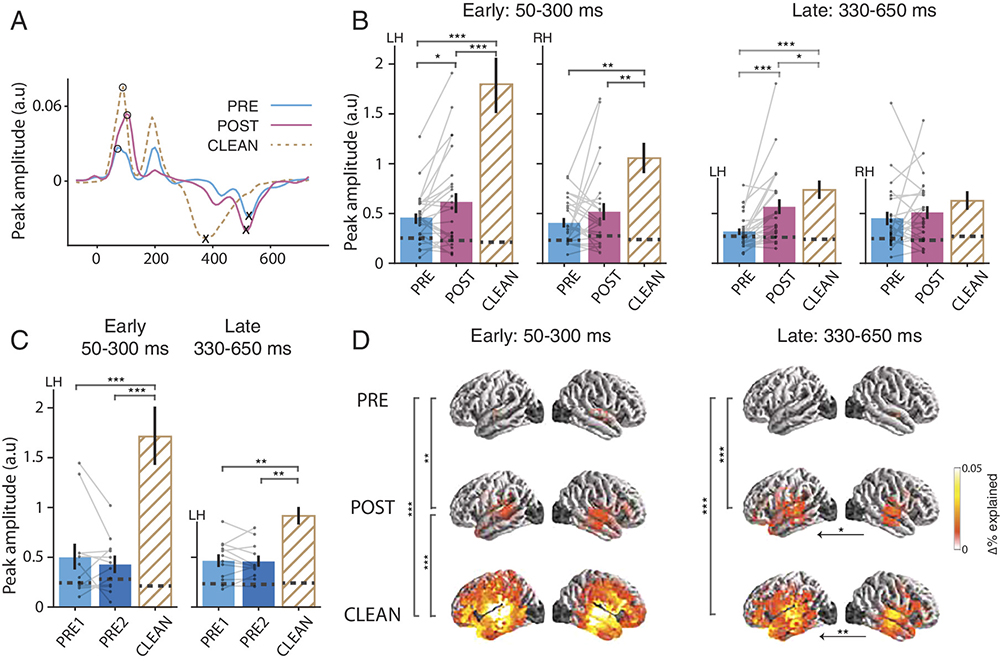News Story
Cornelia Fermüller is PI for 'NeuroPacNet,' a $1.75M NSF funding award

ISR-affiliated Associate Research Scientist Cornelia Fermüller (UMIACS) is the principal investigator for a four-year, $1.75M National Science Foundation AccelNet award: “NeuroPacNet”—Accelerating Research on Neuromorphic Perception, Action, and Cognition. The four-year project will develop a "network of networks" to link international researchers developing a new neuromorphic paradigm for artificial intelligence.
The funding comes from NSF’s Office of International Science and Engineering (OISE), with co-funding provided by NSF’s Directorate for Social, Behavioral, and Economic Sciences. OISE promotes innovation among the U.S. research community through access to international knowledge, infrastructure and capabilities. Its “Accelerating Research through International Network-to-Network Collaborations” (AccelNet) program is focused on tackling grand scientific challenges that require significant coordinated international efforts.
NeuroPacNet is one of 10 AccelNet projects scheduled to begin in Fall-Winter 2020-2021, with total funding of $15.6M.
The co-PIs are Professor Shihab Shamma (ECE/ISR), Associate Professor Behtash Babadi (ECE/ISR), and two long-time collaborators at Johns Hopkins University, Professor Ralph Etienne-Cummings and Professor Andreas Andreou.
The role of NeuroPacNet
Artificial intelligence (AI) is becoming ubiquitous in modern life. But AI systems based on the current paradigm of data-driven approaches and machine learning technology are not ideal. They require large amounts of energy for all the computing and sensing, which causes pollution and other environmental problems. There are also challenges for small-sized systems, and well-known issues related to privacy.
An alternative paradigm could come from the field of neuromorphic science and technology. An understanding of how biological brains work could lead to AI systems modeled on their principles. Such systems would likely use low-power hardware and software solutions and have additional advantages. Neuromorphic-based hardware could lead to new applications for society, such as computing on cell phones, neuro-based prostheses, intelligent hearing aids, and smart sensory systems that include predictive capabilities, such as wearables, thermostats, security systems, irrigation and safety systems, and so on.
However, further advances—on the scale of a grand scientific challenge—are needed to advance the neuromorphic AI concept, including developing common computational tools and principled experimental approaches.
NeuroPacNet will be a “network of networks” that links international experts in neuromorphic engineering with computational neuroscientists, roboticists, control theorists, and perception researchers from seven global networks. It will advance computational research that integrates perception, action, and cognition.
Connected by the network, researchers will develop new methods and approaches for intelligent system design that will lead to building adaptable systems for robustly processing real-world signals in real time. The network will help experts coordinate across research areas and develop new approaches—grounded in theoretical neuroscience—for sensorimotor control, motor learning, event-based computations, and learning in spiking neural networks.
NeuroPacNet will include resources for experts conducting drone navigation and humanoid robot research, including those investigating the social and ethical issues involved in humanoid robotics. The network also will use innovative hardware design and mixed signals computational systems to address computation for emerging and unconventional technologies.
Published September 9, 2020

